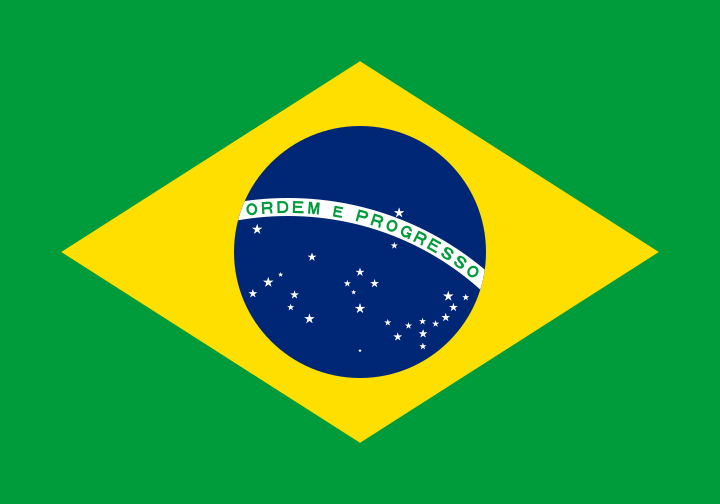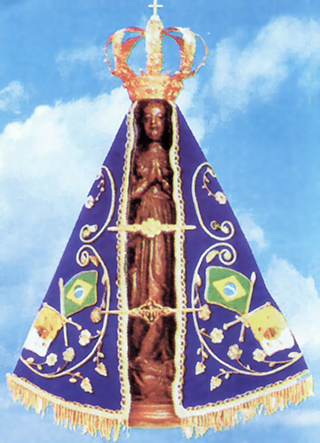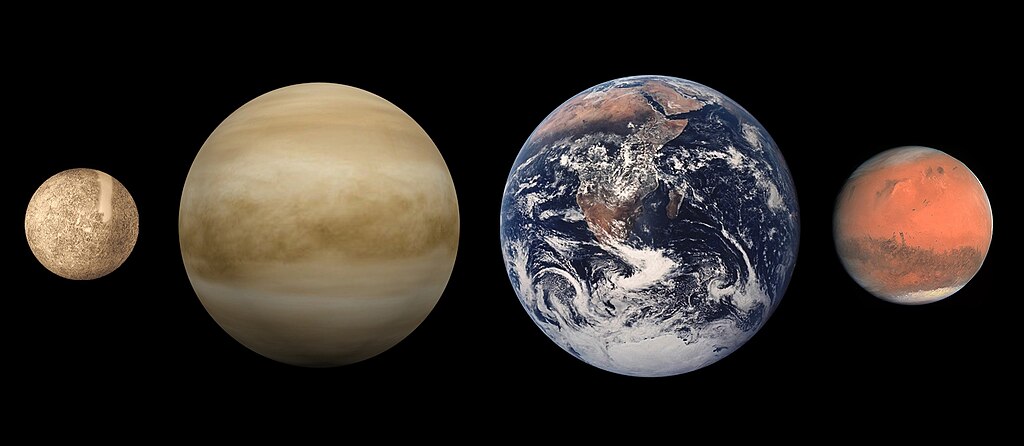|
Our Solar System lies at the center of a vast mysterious Bubble in space. It's knows as the Local Bubble and is nearly 1000 light-year diameter. It is surrounded by an envelope of colder, denser, neutral gas and dust. Although the Bubble was discovered more then four decades ago. Using a combination of optical, radio, and x-ray astronomy. It wasn't confirmed how it formed in the first place. But now, researchers have mapped the Local Bubble with extreme precision. They found that the Local Bubble was likely carved out of the interstellar medium. By a series of supernova explosions that took place many years ago. The team used data from the last Gaia Data Release (DR). Gaia is an going project that aims to map the position and motion on star in the Milk Way. Besides that, it also map gas and young star with 650 light-year of the Sun. Observations revealed that young star and star forming regions. Lie on the surface of the Local Bubble. so when a supernova expands outward, it strikes and compresses the material into wich it expands. this results in dense knots of molecular gas floating in the interstellar medium. these dense regions collapse under there own gravity, forming young stars. Simulations also suggested that the Bubble's history began about 14.4 million years ago. And about 15 supernovae exploded over million of years. to form the Local Bubble that we see today. the current radius of the local bubble is about 538 light-years (1 ly=9.6 trillions km). And it is still expanding out wards slowly at a speed of about 6.7 km/s. However, our Solar System in the middle of the Local Bubble is a mere coincidence. Wen the first supernovae took place, creating the Local Bubble. The Sun was far away the region. But about five million years ago, the sun's orbit took it right into the Bubble and this is how the sun got placed almost right at the center of the Bubble. Probably, the milk way is full of such Bubbles and a study of their location, size, shape, and interaction can help us understand star formation and the evolution of the Milk Way in a better way. Share this video and follow us for more content of astronomy.
|
Nosso Sistema Solar está no centro de uma vasta e misteriosa bolha no espaço. É conhecida como a bolha local e tem quase 1000 anos-luz de diâmetro. Ele é cercado por um envelope de gás e poeira mais frios, densos e neutros. Embora a bolha tenha sido descoberta há mais de quatro décadas. Usando uma combinação de astronomia óptica, de rádio e de raios-x. Não foi confirmado como se formou em primeiro lugar. Mas agora, os pesquisadores mapearam a Bolha Local com extrema precisão. Eles descobriram que a Bolha Local provavelmente foi esculpida no meio interestelar por uma série de explosões de supernovas que ocorreram muitos anos atrás. A equipe usou dados do último Gaia Data Release (DR). Gaia é um projeto em andamento que visa mapear a posição e o movimento da estrela na Via Láctea. Além disso, também mapeia gás e estrela jovem com 650 anos-luz do Sol. As observações revelaram que estrelas jovens e regiões de formação de estrelas deita-se na superfície da Bolha Local. Então, quando uma supernova se expande, ela atinge e comprime o material no qual ela se expande. Isso resulta em nós densos de gás molecular flutuando no meio interestelar. Essas regiões densas colapsam sob sua própria gravidade, formando estrelas jovens. As simulações também sugeriram que a história da Bolha começou há cerca de 14,4 milhões de anos e cerca de 15 supernovas explodiram ao longo de milhões de anos para formar a Bolha Local que vemos hoje. O raio atual da Bolha Local é de cerca de 538 anos-luz (1 ano = 9,6 trilhões de km) e ainda está se expandindo lentamente a uma velocidade de cerca de 6,7 km/s. No entanto, nosso Sistema Solar no meio da Bolha Local é uma mera coincidência. Quando as primeiras supernovas aconteceram, criando a Bolha Local, o Sol estava longe da região. Mas cerca de cinco milhões de anos atrás, a órbita do Sol o levou direto para a Bolha e foi assim que o Sol foi colocado quase no centro da Bolha. Provavelmente, a Via Láctea está cheia dessas Bolhas e um estudo de sua localização, tamanho, forma e interação pode nos ajudar a entender a formação de estrelas e a evolução da Via Láctea de uma maneira melhor. Compartilhe este vídeo e siga-nos para mais conteúdos de astronomia.
|
Postagens - (16) 9 9185-2514
.
.

|
| ||
HOJE é: {{ today | date : "dd / MMMM / yyyy" }}
| ||
|
|
|
|
|
|||||||||
|
 
|
|
|
|
|
|
-->
|
|
|
|
1º VÔO GRIPEN BRASILEIRO
|
|
terça-feira, 8 de fevereiro de 2022
INSTAGRAM - SISTEMA SOLAR
Assinar:
Postar comentários (Atom)










Nenhum comentário:
Postar um comentário